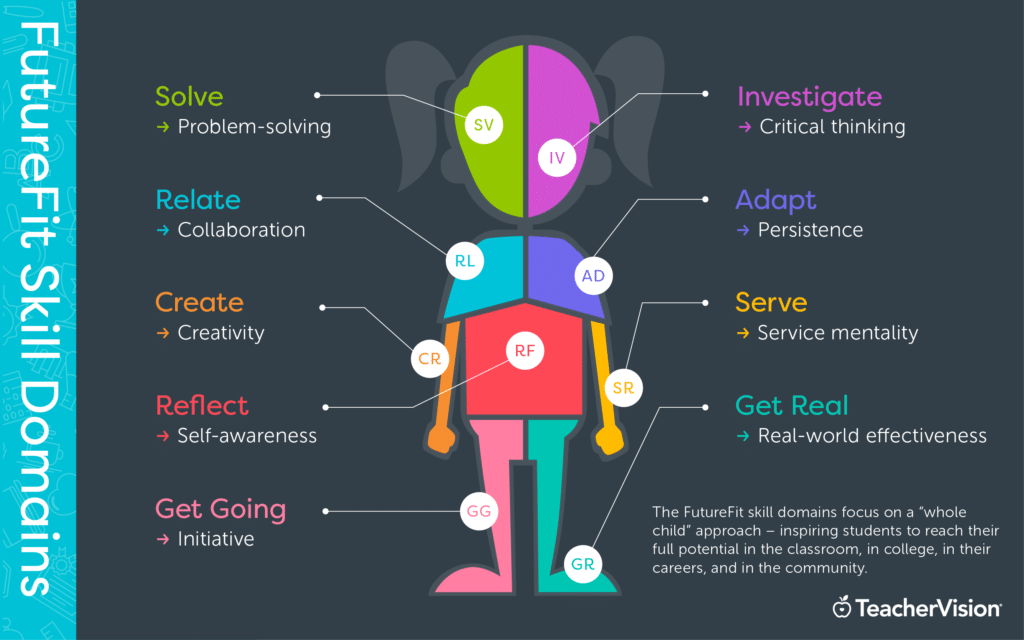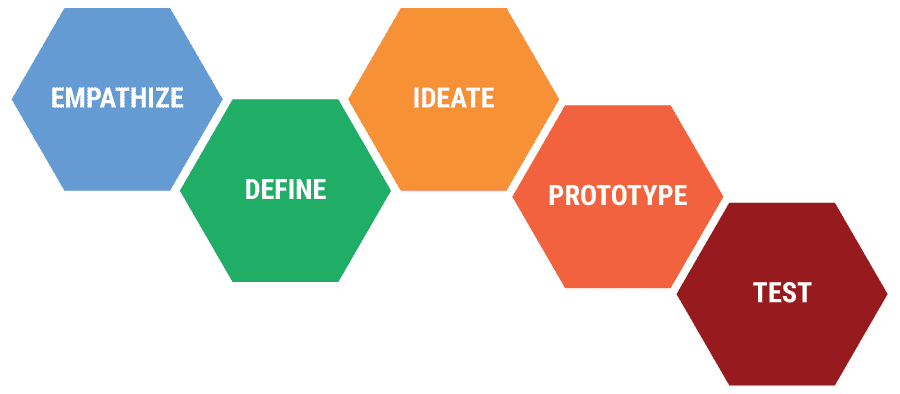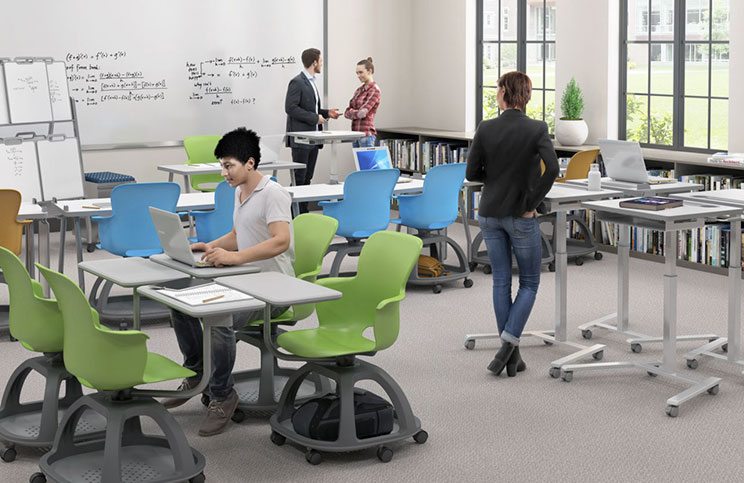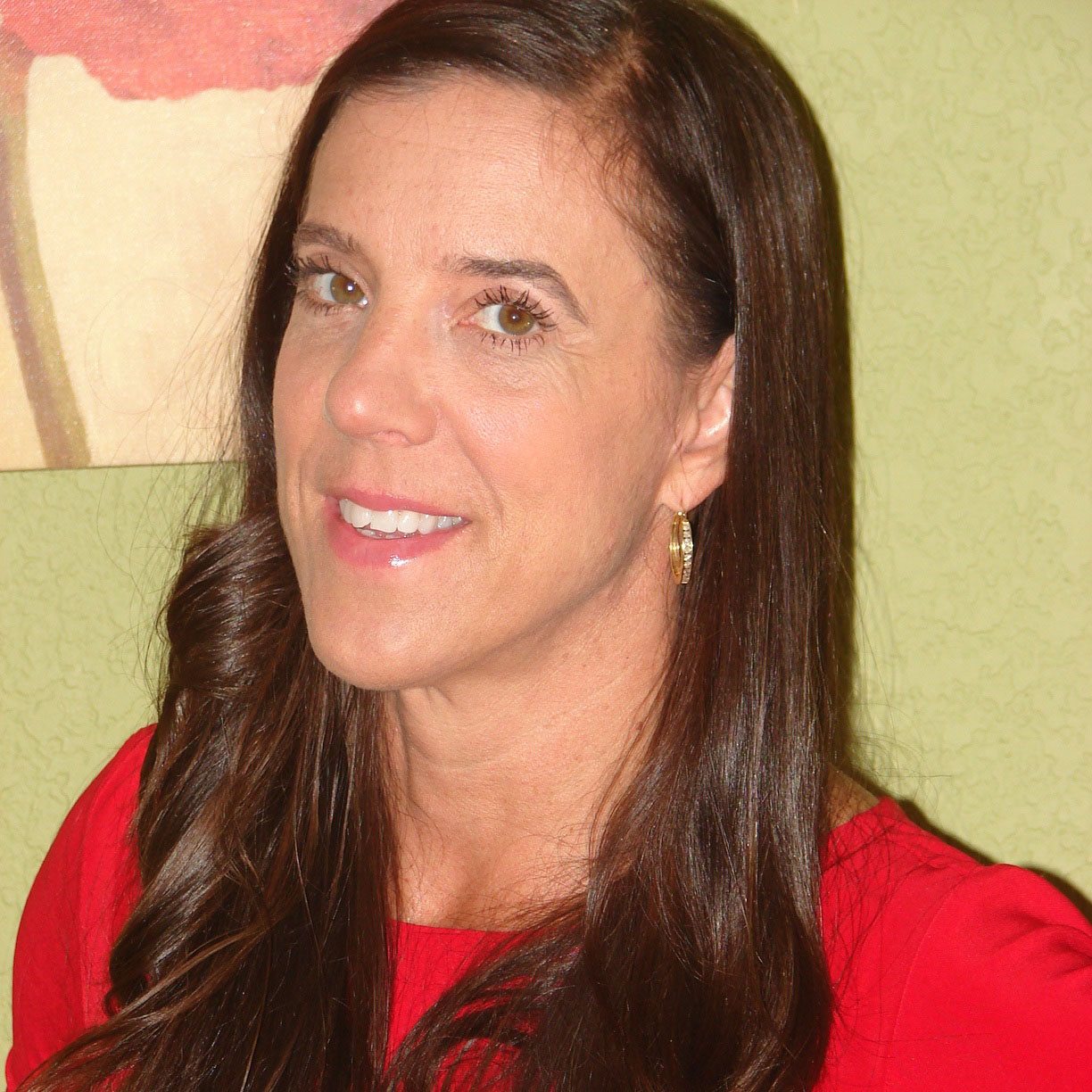“If we teach today’s students as we taught yesterday’s, we rob them of tomorrow.”
– John Dewey, 1915
While so many of the sessions at the upcoming CASH show look fantastic, one of the sessions really caught our attention.
Maximizing Facilities’ Impact on Student Learning…Insight from Sacramento State’s School of Education What can teachers teach designers about classroom and facilities features that best support standards-aligned teaching and learning? How can designers support teachers’ “design thinking” so that classroom and facilities spaces are optimized for student learning? How can we ensure the future designers and future teachers remain in dialogue about these important issues?
Join us as we talk with professors, master of education candidates, experienced teachers, and research teams about their experiences working in aging school facilities, in renovated school facilities, and in new school facilities. We’ll highlight the features of NextGen spaces – flexible, technology-rich environments – and how they align to the pedagogy envisioned for the state’s new content standards. We will discuss the benefits of a facilities “strand” as part of a comprehensive curriculum for future teachers, as well as the insights that research on teaching and learning can bring to our facilities efforts.
The world is changing at a pace that has never been seen before. The role of today’s educator is to prepare students to adapt to and solve for change. That’s why understanding what skills the 21st century student must have in order to succeed is the first step in defining a successful classroom.
While there are many variations on the definition of this, the general belief is that students must be:
- Collaborative
- Critical thinkers
- Creative
- Excellent communicators
Furthermore, educators must prepare students for:
- Project-based learning
- Social-emotional learning
- College and career readiness
- Global leadership

TeacherVision’s FutureFit skill domains for the 21st-century classroom
If we consider the traditional classroom lecture mode, we can begin to see how distant that model is from what today’s students need to learn. This leads us to define the gap between what a student needs to be successful and how they are often being taught.
So how does a teacher, a school or a district maximize their investment and use their facility as a way to impact positive outcomes? Borrowing from design thinking may be a great way to start.
The Framework

Image by Stanford d.school
Step 1: Empathize with the Users
Design Thinking cannot begin without a deeper understanding of the people you are designing for. To gain those insights, it is important for design thinkers to empathise with the people they’re designing for to understand their needs, thoughts, emotions and motivations. – Interaction Design Foundation
In the context of education, this phase requires administrators to empathize with teachers and students, teachers to empathize with administrators and students and designers / architects to understand the needs of all three. Uncovering constraints, concerns and expectations is key to unearthing all of the underlying reasons a project may become derailed or eventually be unsuccessful. Classroom observation may be a critical factor in identifying ways to maximize classroom impact.
Step 2: Define the Problem
“Every cogent work of design requires something of a mission statement to bring clarity and focus to your work. What exactly are you trying to convey? What and who are you addressing? What are you bringing to the table? Sometimes, a problem statement can be condensed to a word, almost a mantra that acts as a guiding principle and other times it might be too complex to condense into a paragraph even. As long as you arrive at the goal you have chalked out for you and your user, how you arrived there hardly matters.” knct Lab
In the context of education, this phase involves considering the information learned in the empathy stage and creating a definition of the problem that will guide the team’s work. Your problem statement should:
- Be actionable
- Be specific
- Be succinct
- Be human-centered (not institution-centered)
Step 3: Ideate
“Ideate is the space in design thinking where individuals and teams elevate and celebrate the power of possibility. It is the transition from identifying a particular question or problem to generating a wide variety of potential answers and solutions.”
– Knowledge without Borders
In this stage, educators should use creativity and innovation in order to develop solutions. No idea is too out there, even if it eventually gets discarded. The goal is to think beyond the usual methods of solving problems in order to find better solutions to issues that affect the experience of students, parents, teachers and administrators.
Step 4: Prototype
“Prototyping requires that the group moves its idea into a physical, tangible form. The prototype, visualizations that are either physical or drawn, will rely on the feedback from stakeholders, be technologically feasible, and viable for the organization. Design thinking sessions require a room and resources for everyone to draw and iterate on designs”. – Ewing Marion Kauffman Foundation
For educators, prototyping could mean having their design or architecture firm create classroom renderings or testing the group’s ideas on one classroom. It could also mean just solving for one problem in the classroom such as needing a separate area for a specific type of project-based learning or increasing ease of movement.
Step 5: Test
“Designers or evaluators rigorously test the complete product using the best solutions identified during the prototyping phase. This is the final stage of the 5 stage-model, but in an iterative process, the results generated during the testing phase are often used to redefine one or more problems and inform the understanding of the users, the conditions of use, how people think, behave, and feel, and to empathise. Even during this phase, alterations and refinements are made in order to rule out problem solutions and derive as deep an understanding of the product and its users as possible.” – Interaction Design Foundation
In the testing stage, gathering feedback from the end-users and making adjustments to the prototype is the goal. Since design thinking is non-linear, this would be a point where the learning institution could jump back to the ideate stage, back to the prototype stage or decide they can move forward with the prototype based on the feedback that they have collected. Flexibility and agility are important in this stage.
Making it Real
While building a classroom environment using the design thinking process may sound like an excellent idea, implementation into the classrooms is critical. One size does not fit all when it comes to the 21st century classroom.

As you’re going through the various stages of design thinking, keep an eye to the curriculum. Without alignment to this very important piece, classrooms can become difficult for teachers to manage and use. The curriculum should determine:
- What types of zones a classroom requires – meeting areas, labs, private nooks
- How much movement is required
- How much accessibility is required
- How will technology be integrated
- What rules will define how students engage in the learning environment
We hope to meet you at this year’s Annual Conference on School Facilities hosted by California’s Coalition for Adequate School Housing (CASH) in Sacramento. The show runs from Monday, February 26th: 5:30 – 7 pm to Tuesday, February 27th: 10:00 am – 5:30 pm.
Be sure to visit Haskell at the NextGen booth—located on the left-hand side (Areas: F7, F8, F13 & F14)—to test out all of our latest products and talk to us about how to make your 21st century classroom ideas a reality.
And don’t miss our speaking session at the NextGen booth.
Session: Versatile Solutions for Student Centered Learning Environments
When: Tuesday, February 27th at 4:00 pm
Speaker: John Myers, Director of Training & Marketing, Haskell
Where: NextGen booth (areas: F7, F8, F13 & F14)
Back to Insights











